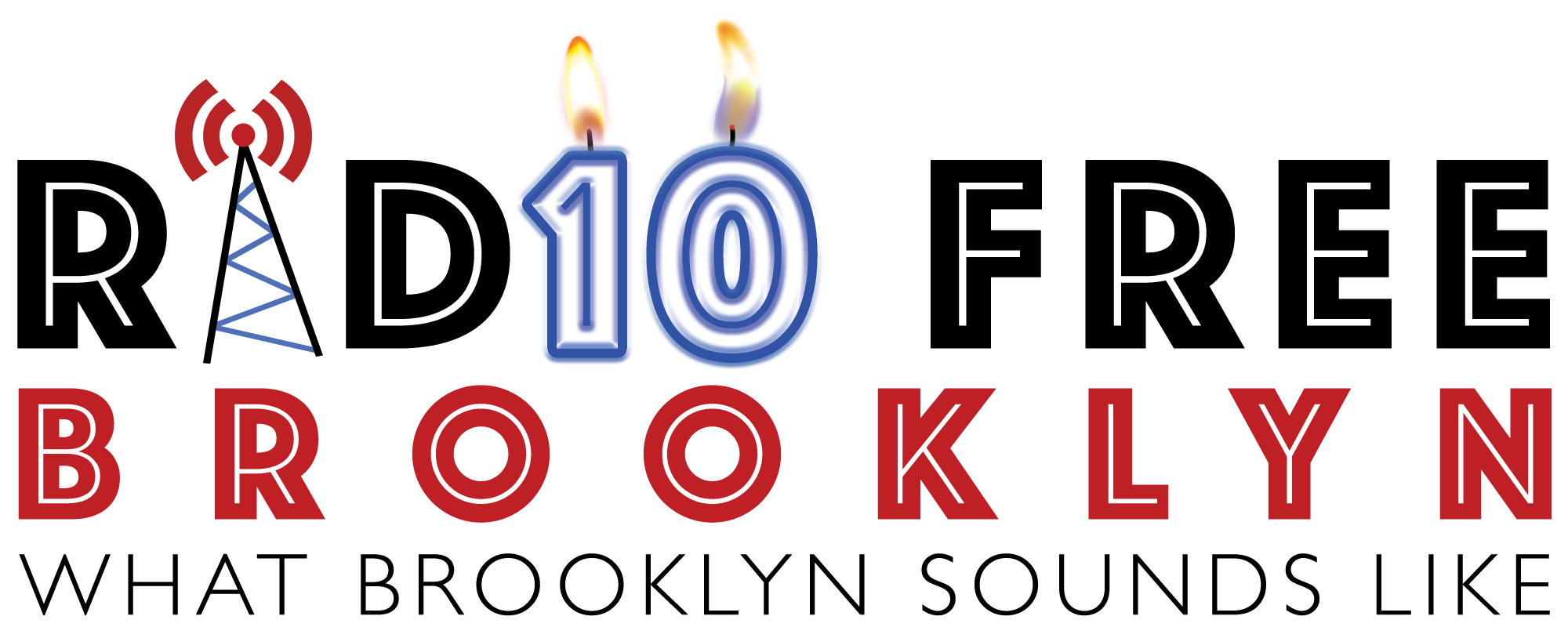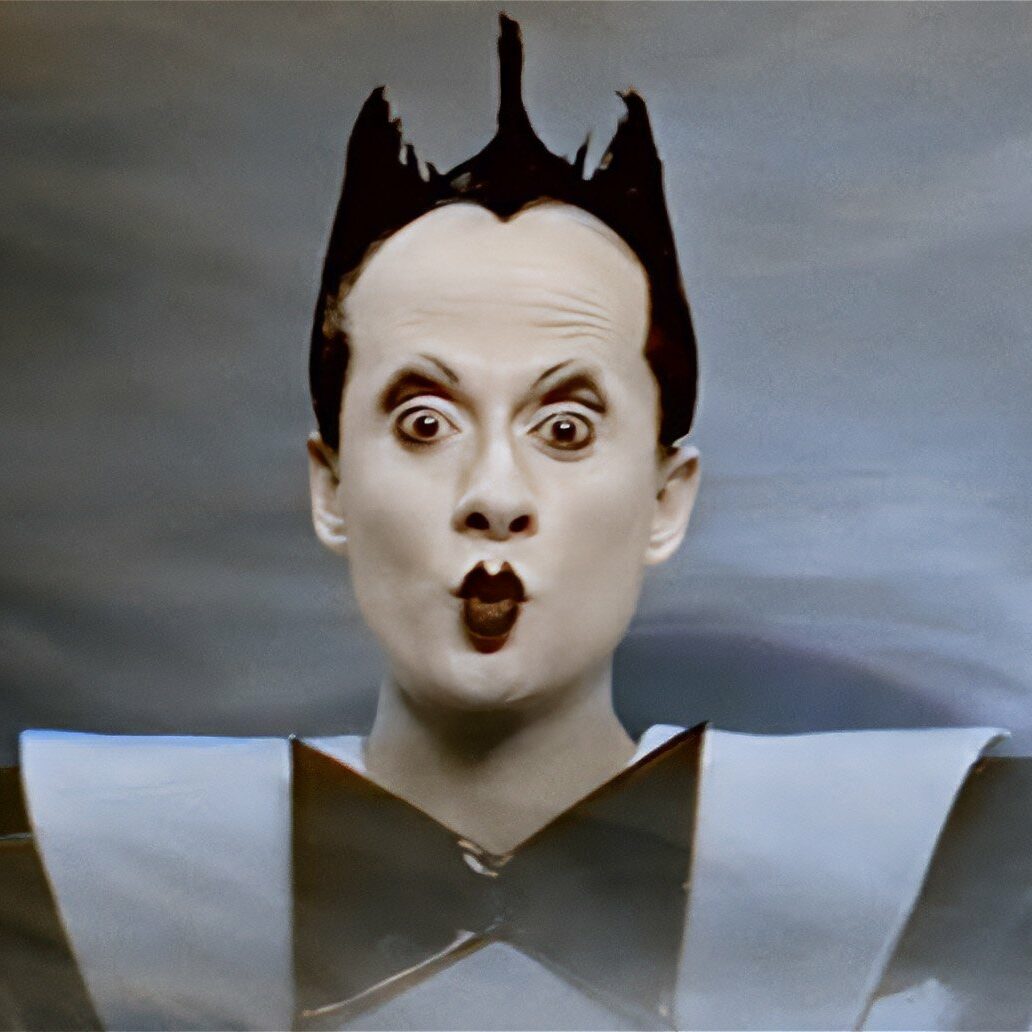Let’s talk about vocal ranges.
There are six main ranges of singing voices – bass, baritone, and tenor for men, and alto, mezzo-soprano, and soprano for women, arranged from lowest to highest. The most commonly heard voices in pop music are typically tenors and altos. Every vocal range is used in opera, with finer distinctions defined for each register. In between the male and female ranges is a voice rarely heard in the pop world – the countertenor.
A countertenor’s range can go higher than a traditional tenor, reaching into the alto range. This is often accomplished through falsetto, or head voice, but it can also be sung with the natural chest voice. In early classical music, countertenors were used to sing female parts in places where women were forbidden to take the stage. In modern opera, countertenors are often used for roles originally written for castrati—a defunct male performance voice means exactly what you think it does and is a practice that no longer exists.
The countertenor is rarely heard in pop music, where voices are frequently boxed in narrow lanes. (When was the last time you heard a solo male pop singer who sings primarily in a baritone or lower? Harry Styles? Hozier?) Male falsettos are common, especially in R&B (think Prince or Michael Jackson), but actual countertenors are like unicorns.
German performance artist/singer Klaus Nomi made waves in New York’s East Village art scene in the late 70s, using his high range to accentuate his avant-garde stage presence. Early 90s teen R&B star Tevin Campbell, famous for his string of Babyface-produced hits like “Can We Talk” and his role as Powerline in The Goofy Movie, is probably the best-known countertenor. While he technically can be classified as a high tenor, much of his music showcased his natural vocal range, singing well into alto territory. Portland-based singer/songwriter Holcombe Waller is a true countertenor with a striking voice. New York-based performer M. Lamar (known to some as Laverne Cox’s twin brother) often sings in the countertenor range.
It’s a voice that can seem impossible but is often unforgettable. If you encounter one in the wild, outside an opera hall, cherish the experience. You don’t experience them often.




